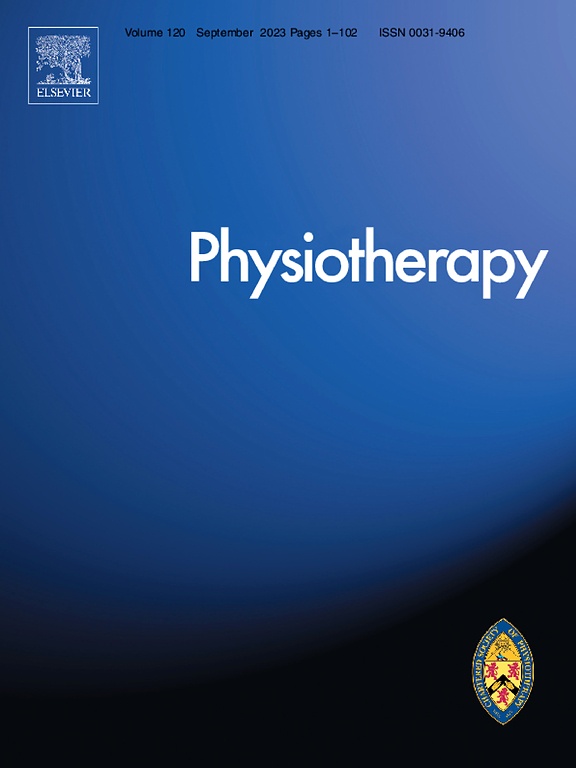
Forward-tilting seat wedge reduces back pain intensity in school-going adolescents

Forward-tilting seat wedge reduces back pain intensity in school-going adolescents
Effect of a high-density foam seating wedge on back pain intensity when used by 14 to 16-year-old school students: a randomised controlled trial
Physiotherapy. 2012 Dec;98(4):301-6. doi: 10.1016/j.physio.2011.04.353. Epub 2011 Jun 17Did you know you're eligible to earn 0.5 CME credits for reading this report? Click Here
Synopsis
185 students (aged 14-16) with back pain were randomized to determine the effect of a forward tilting seat wedge on pain reduction. Participants were allocated to either receive the seat wedge, which was used in classrooms for 4 weeks, or not. The outcome of back pain intensity on a numerical rating scale was reported by the students in a pain diary. The results indicated that participants who rec...
To view the full content, login to your account,
or start your 30-day FREE Trial today.
FREE TRIAL
LOGIN
Forgot Password?
Explore some of our unlocked ACE Reports below!

Learn about our AI Driven
High Impact Search Feature
Our AI driven High Impact metric calculates the impact an article will have by considering both the publishing journal and the content of the article itself. Built using the latest advances in natural language processing, OE High Impact predicts an article’s future number of citations better than impact factor alone.
Continue



 LOGIN
LOGIN

Join the Conversation
Please Login or Join to leave comments.